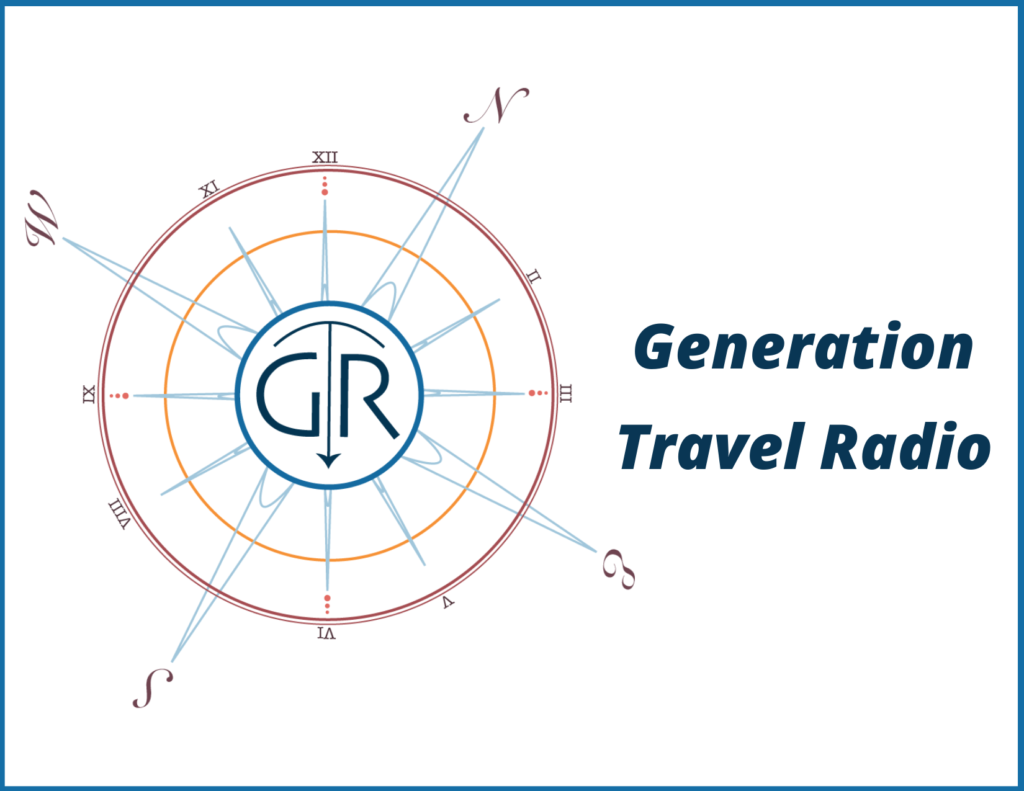The hot topic for higher education in Norway today is that for the first time, charging international students from outside of the European Union and European Economic Areas for higher education is actually on the line. Up until the introduction of these fees, Norway has been one of the few countries in the world (Germany another, apart from some specific German states) which has not charged higher fees or tuition to students coming from outside of the EU/EEA. This is namely a draw for students seeking master degrees, as Norwegian universities also offer a number of master degrees in English (the Bachelor level is by large and most taught in Norwegian).
These changes will not affect me, as I am in the last year of my program (assuming I finish my thesis on time). I can’t say I’m fully against charging these students something (a very small something), as it is precedented in many other countries and as non-Norwegian, non-EU/EEA citizens, we do not fully participate in the economic activities that generate the tax funds and other funding sources of higher education in Norway. However, I’ve always liked what has felt like the recognition and value of both educating students to a higher degree and bringing in globally diverse set of students for exchanging knowledge with the local population. And, importantly for the Norwegian government to consider, any tuition fee, no matter how small, may deter international students.
I won’t go into my guesstimate of what seems reasonable because that’s not the point here, but it’s important to understand that the consideration of cost at all is coming from the demand-side perspective (the perspective of the student consumer, myself), and for good reasons. In an article in Aftenposten, one of Norway’s newspapers, the Minister of Research and Higher Education, Ola Borten Moe, said two things that I think he should strongly reconsider:
First, he was quoted saying: “Det er ikke grunn til å tro at de som kommer hit er verdens fattigste,” which translates to, “There is no reason to believe that those who come here are the world’s poorest.” He cites the fact that this group of students needs to have 130,000 NOK, currently about USD$13,000 (in the article they actually say 120,000 NOK, but the number is much closer to 130,000 NOK), in their bank accounts, which roughly covers the costs to live in Norway for one year. He makes the assumption that this means these students can afford to pay more tuition.
Second, he believes that the quality of education is a reason to charge tuition. Having experienced both US and Norwegian higher education now, I would agree that the quality of the education is high. But, I certainly hope that in the Minister’s mind, this does not suddenly mean that one year at a Norwegian university is the equivalent of one year at a US university. I will explain why, but first I’ll dig into my rationing behind reasonable tuition costs, and the Minister’s first comment.
Weighing the Costs of Studying in Norway
Discussing rates for international students starts with why I came to Norway to pursue a second masters degree. Getting a second masters was not on my radar after finishing the first. I thought the natural progression would be to pursue a PhD if I wanted to add to my education, but when I was made aware of Erasmus Mundus joint-masters programs in the Fall of 2020, I started to consider what other options might be out there. I was only interested in the Erasmus Mundus Master of Arts in Research and Innovation in Higher Education (MARIHE) if I could be awarded one of the full-ride scholarships, although even the price of the full degree was significantly less for two years than it would be to pursue the same degree in a one or one and a half year program in the US. That fall, the MARIHE program was not taking scholarship applicants, so decided to apply the following year.
Then Norway got on my radar. I had several friends here already, so that was why I was snooping around the internet in the first place for masters in the field of higher education. When I learned there was one in Oslo taught in English, and the cost was around USD$90 a semester, I decided to apply. I also looked at programs at German universities, however they required a certain number of statistics credits, which I did not have at the time.
If there had been a higher cost to pursuing a masters degree in another country apart from living costs, I likely would not have pursued the degree. It is my second masters, I am here to learn more about higher education because I felt it was a gap missing in my knowledge. As the Minister said, I am not among the world’s poorest, coming from the US and having the means to save on rent while living with my mom and working for a few years before I came to Norway. But I would not have paid more money for this degree, and I don’t think I am alone in the bucket of “not the world’s poorest” pursuing masters in Norway who would have reconsidered if additional costs were associated with the degree – in fact, there are recent studies which surveyed international students in Norway and demonstrate that the absence of tuition fees is the most significant factor drawing students to Norway who are pursuing full degrees (Weirs-Jennsen, 2019).
This is from a US perspective of course, and some of the other places where this group of international students come from have higher education systems that grapple with expansion, quality, or issues of academic freedom, among other struggles. So perhaps for these students, the quality is a draw for a Norwegian education. But it’s a big assumption to then believe that all of these students are supporting themselves with 130,000 NOK in the bank. Some may be supported by scholarships from their home countries, others are actually relying on a Norwegian partner (which is a whole other issue – the family visas for partners situation here is such that sometimes the non-Norwegian pursuing a masters is the best way for partners to actually be reunified in Norway before they can obtain the family visa, which requires even more money saved in the bank).
The bottom line is that it’s very silly to assume that just because students prove they have a certain amount of money upfront – which is both to represent and be used for living costs – they will willingly pay more in addition to attend Norwegian higher education. Many students when they arrive look everywhere for work. I did, as did several of my classmates. I have fellow students who were able to negotiate their jobs prior to being a student in Norway to half-time, remote positions. Surviving off of demonstrated funds is reasonable in concept, difficult in practice in a country as expensive as Norway, especially when you need to prove you have the same amount of money in your bank account to renew your residence permit a year later (in fact, the required amount of fees usually increases).
Quality of Norwegian Higher Education: More than just the academics
I’ve touched on the issue of quality a bit already, but now I would really like to dig in. High costs associated with US higher education institutions have all sorts of associations, but one actual cost that goes into those often high prices are the personnel fees for student support services. Sometimes this gets lumped into the concept of “administrative bloat” for people who don’t study or work in higher education, but it’s quite different. There’s the unnecessarily high salaries of a small portion of employees at the university, then there’s the modest salaries of the people actually providing these often necessary student support services (there’s also really high salaries for some tenured professors, which isn’t factored into either of these other two elements).
I’ve worked as an international student advisor before and have been trained in the fundamentals of internationalization from a practitioner’s perspective, and one of the biggest conversations around costs for international students in the US is the question of whether or not any of those costs goes towards assisting those students. Now, there’s a lot more university involvement when it comes to the relationship between the US Department of Homeland Security and the international student than there is between the Norwegian immigration office and local police (who handle residency appointments) and the international student, but let me give you the starting point for the few advisors serving international students at the University of Oslo:
Every time I have emailed them a specific, direct question, they have literally copied and pasted the most relevant part of the website that relates to the question. It does not answer the question, it just relates to it. That’s it. I know immediately that’s what has happened because I recognize the text because believe it or not, I have actually already scoured the website for answers.
If tuition is introduced to international students in Norway, then part of those costs should go towards providing more assistance to those students, and only those students. The introduction of tuition now makes the international student your customer, Norway. You are introducing market forces to this specific part of the system, and it will behave as such. If students pay a large amount of money to attend your universities, they will expect not just quality in academics, but quality in terms of service.
Why, if the cost estimated for a Norwegian student is the same for an international student and this is a transfer cost to the international student, should international students receive this “special” treatment? Because the bottom line is, by introducing tuition, Norway becomes far less attractive for education. According to the Aftenposten article, the Minister seems to assume that maybe even more students will come, bringing in more money, but doesn’t seem to consider that less students will probably come to Norway.
Sure, the nature is beautiful, people are happy, and there are many reasons to enjoy Norway as a country (I certainly have – I am very grateful to be here and for this experience, and am very happy, and lucky, to spend so much time with Norwegians myself). But this is also based on the assumption that you can essentially easily become Norwegian in your mindset, and just because it’s an amazing place doesn’t mean there aren’t deterrents to living here: It is cold here. The cost of living is expensive. Oslo is actually not very well connected to the rest of Europe in comparison to other parts of Europe. It’s hard to get to know people (Another study demonstrates that most international students form relationships with other international students in Norway. Norwegians are also known for being difficult to get close to – even Germans think so. Germans!). The career prospects are only good if you learn Norwegian, which is yet another stress and barrier.
This decision, coming from Norway’s Senterparti, doesn’t seem very well-thought through. Based on his biography, Ola Borten Moe himself doesn’t seem to have ever lived abroad and can’t connect the various risks and stresses levied on that experience, such as leaving your family and networks, moving your belongings, and landing somewhere where not only do you not know the language, but you don’t know how the system operates, nor do you fully understand the underlying philosophies, mindsets and tricks necessary for operating within the system. Moe is a businessman yet he seems to be missing the demand-side of the equation for bringing in international students.
Norwegian students have been reacting negatively to this decision, concerned that the diversity of Norwegian higher education will be lost. Another rebuttal to this from Norwegians will be the threat this change imposes on Norway’s values of free higher education. I think this is valuable, certainly something worth protecting, particularly in a country that is very well-off due to oil. I’ll end this piece with a springboard comment: If you’re going to make money off of a huge pollutant, you should probably aim to give back to the world in the best ways possible, and maybe higher education is one of them.
1. The Local.de: “EXPLAINED: Bavaria’s plans to introduce tuition fees for non-EU students”
2. Traedell, T. J. (6 Oct. 2022). “Utlandske studenter i Norge må betale.” Aftenposten.
3. Udi.no – see “view explanation” next to “documentation that you have sufficient funds for living expenses” under “Documentation you must hand in when applying for the first time”
4. MaRIHE – Erasmus Mundus Program
6. Udi.no – under “Person who is getting married” —> “Requirements for reference person”
8. Stortinget, “Moe, Ola Borten”
9. Hvitmyhr, B. L. (7 October 2022). “Vil at studenter som Ecem (24) skal betale.” Vg.no.









